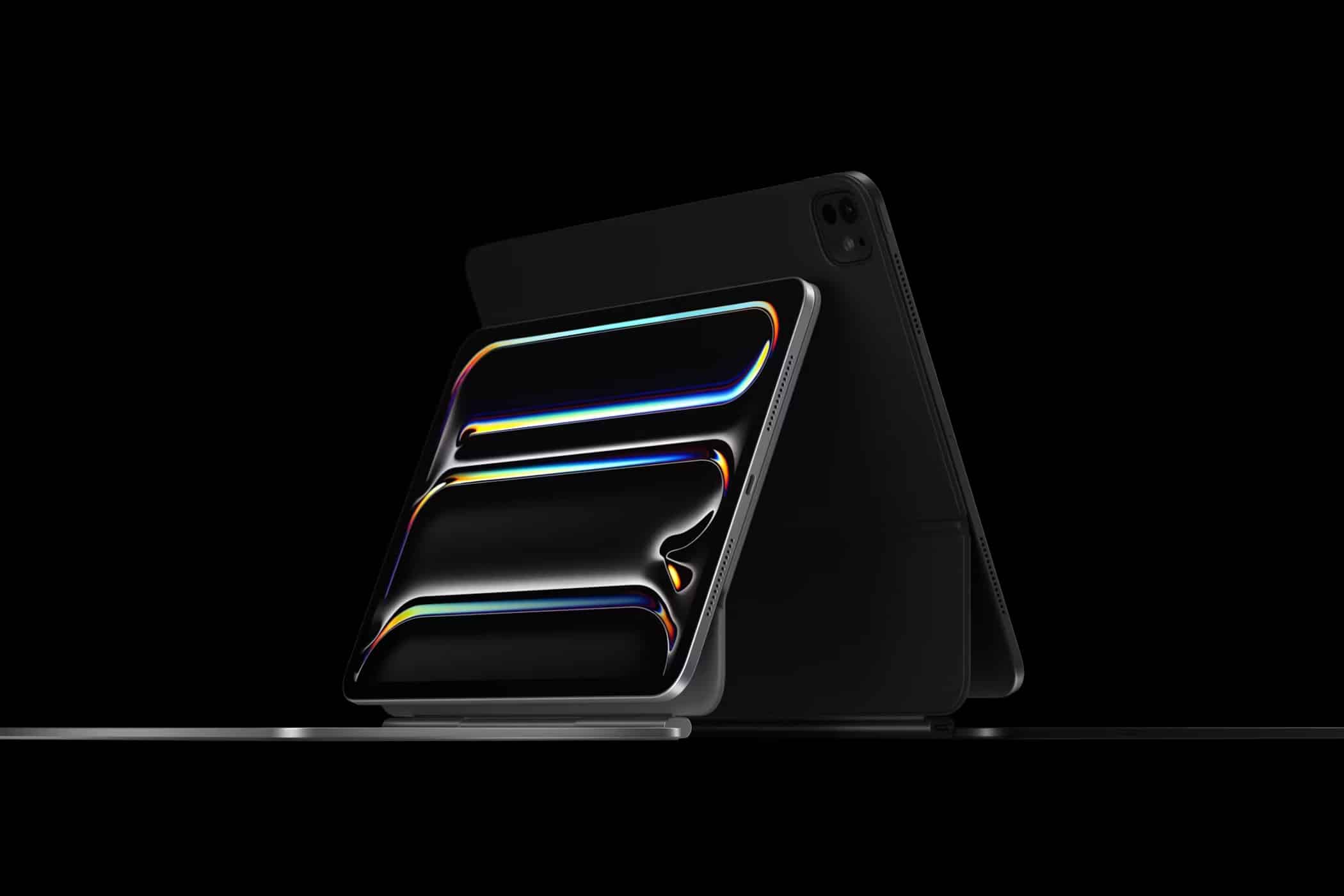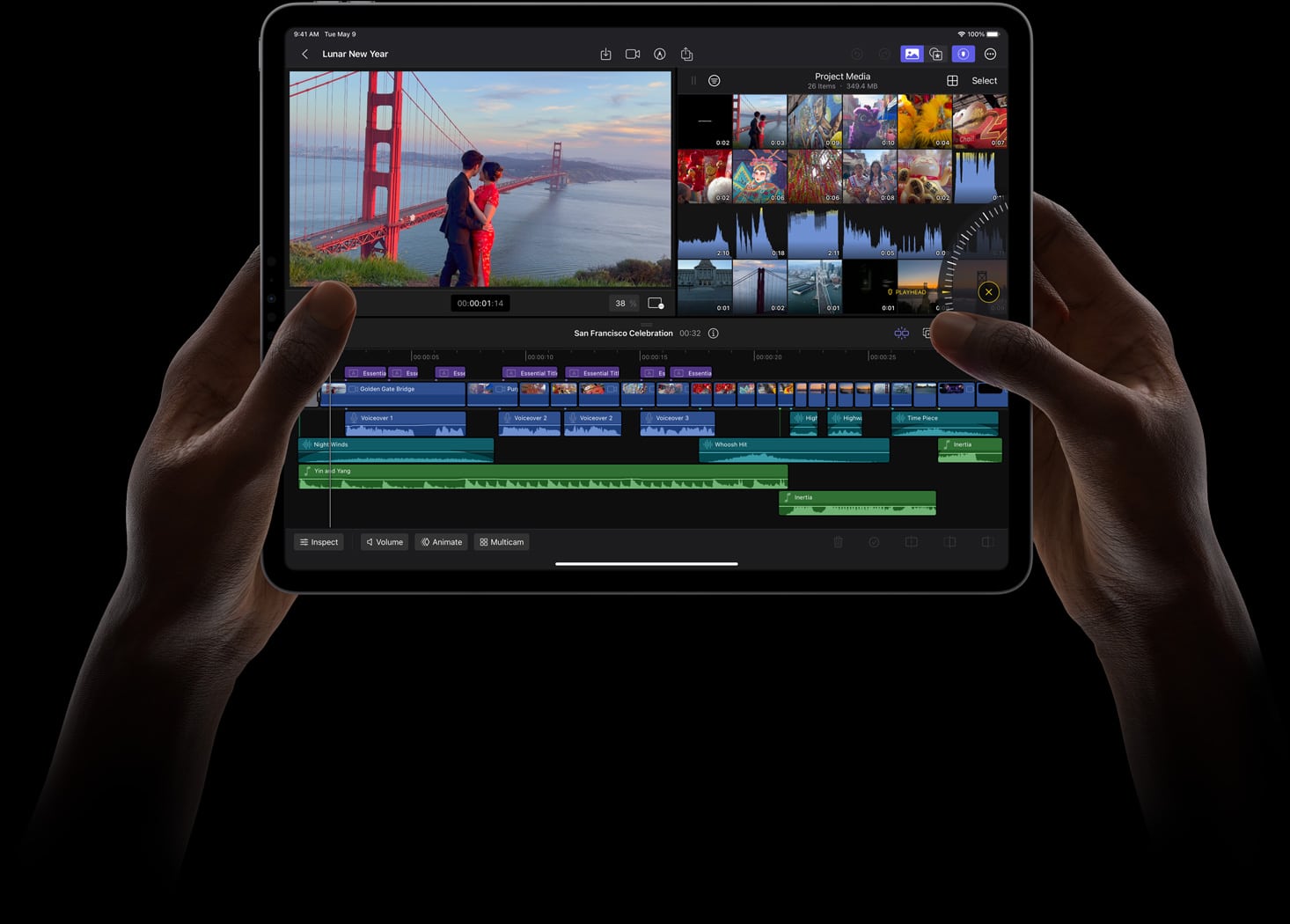The new tablets are slated for a likely October launch, aligning with Apple’s typical fall release window. But sky-high prices, which dampened demand for last year’s OLED iPad Pro models, may again keep buyers at bay.
Samsung and LG have started producing OLED displays for the 2025 iPad Pro, according to a report from ZDNet Korea. These panels, known for their vibrant colors and deep blacks, are a cornerstone of Apple’s premium tablet lineup. Unlike traditional LCDs, OLED screens use organic compounds to emit light, delivering sharper visuals and better energy efficiency. The manufacturing push signals Apple’s confidence in meeting its fall launch timeline, with October being the favored month based on past trends.
Yet, a research report from UBI Research paints a less rosy picture. In 2024, Samsung and LG shipped 6.3 million OLED panels for iPads, well below the projected 9 million. Analysts attribute this shortfall to steep pricing that turned off many buyers. For 2025, shipments are expected to hold steady at similar levels, suggesting Apple anticipates the same pricing challenges. High costs for OLED technology, which requires complex production processes, continue to drive up retail prices, making the iPad Pro a tough sell for budget-conscious consumers.
Apple’s OLED Ambitions
Apple aims to transition all iPad models to OLED, mirroring its successful shift with iPhones. The iPad mini is next in line, expected to adopt OLED in 2026, followed by the iPad Air in 2027. This gradual rollout reflects the high cost and technical demands of OLED production. For now, the iPad Pro remains the flagship for this display tech, offering users crisper visuals and thinner designs but at a premium.
Supply chain diversification is another goal. This year, Apple is balancing OLED panel orders equally between Samsung and LG, a shift from past reliance on Samsung. However, plans to include Chinese manufacturer BOE are hitting snags. BOE struggles to meet Apple’s standards for low-temperature polycrystalline oxide (LTPO) OLED displays, which enable smoother refresh rates and better power efficiency. BOE’s recent failure to secure quality certification for iPhone 16 Pro panels raises further doubts about its readiness for iPad production. While solutions are expected, delays could slow Apple’s diversification efforts.
For users, the 2025 iPad Pro promises cutting-edge visuals and performance, ideal for professionals and creatives who rely on tablets for work or art. But the steep price tag—likely starting above $1,000 based on last year’s models—may push casual buyers toward cheaper alternatives like the iPad Air or standard iPad. Apple’s challenge is balancing innovation with affordability, especially as competitors offer capable tablets at lower costs. The OLED transition enhances device quality but risks alienating a broader audience if prices don’t ease.
As production ramps up, Apple is betting on its loyal base to embrace the new iPad Pro. Whether the allure of OLED outweighs the cost remains to be seen. For now, the tech giant is forging ahead, banking on its reputation for quality to justify the premium.















